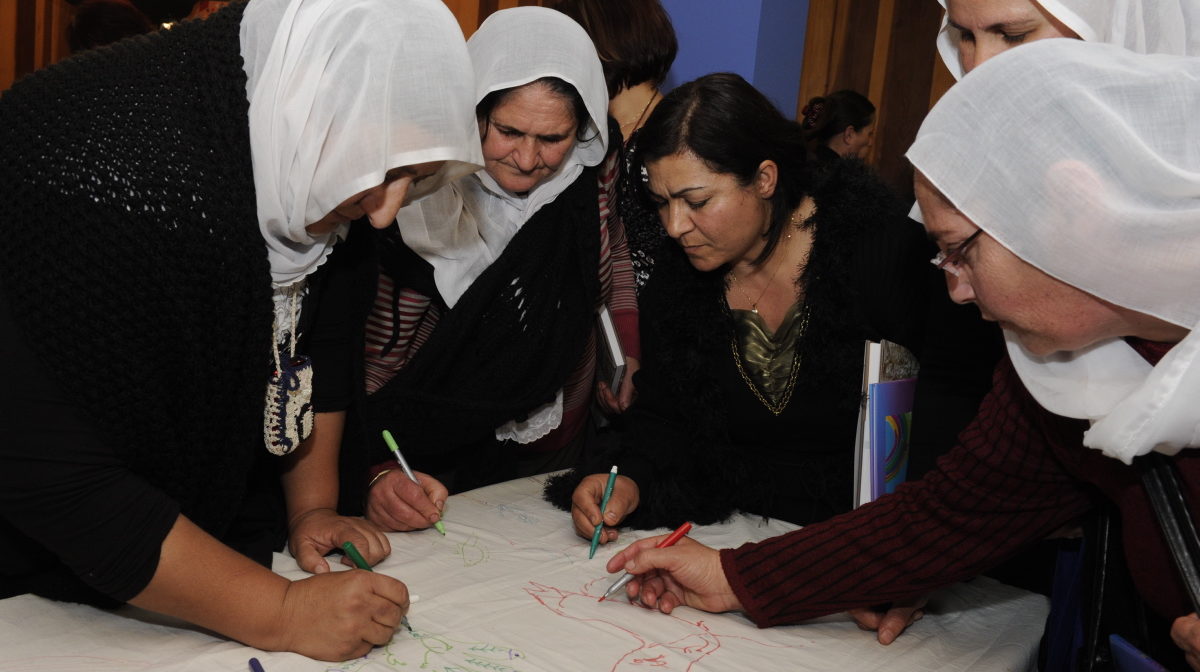Making peace and political transition processes meaningfully inclusive and gender-responsive
In the framework of our “Enhancing Women’s Leadership for Sustainable Peace in Fragile Contexts in the MENA region” project in collaboration with UN Women, over the past two years Inclusive Peace has been working on an overarching body of research exploring how to make peace and political transition processes more meaningfully inclusive and gender-responsive, and how this in turn can increase the likelihood that these processes give rise to sustainable inclusive outcomes. This work has resulted in a series of publications ‒ a research report, a policy brief and four research papers ‒ that are summarised below:
The report Transfer from Track Two Peacebuilding to Track One Peace-making: A Focus on Yemen and Syria and its companion policy brief present insights about transfer from track two peacebuilding to track one peace-making activity in Yemen and Syria. They discuss five main obstacles and barriers to transfer between track two and track one and encourage researchers and practitioners to rethink, refine, and clarify the concept of transfer to promote participatory, homegrown peacebuilding and peacemaking.
The paper Reaching an Inclusive Truce: Gendering Ceasefires reviews and edits gender provisions drawn from ceasefire texts around the world to provide both language and an approach to render ceasefire texts and their constituent provisions more gender inclusive, and examines existing literature on gender and ceasefires. The overall analysis results in 15 concrete strategies, which promote inclusive ceasefire negotiation processes and inclusive, gender-responsive outcomes.
The paper A Practical Guide to a Gender-Inclusive National Dialogue fosters understanding of how to make a National Dialogue truly inclusive of women and gender responsive. It describes process design and context factors that can affect women’s opportunities in a dialogue as well as strategies to counteract resistance to the meaningful inclusion and influence of women and gender. A spectrum is introduced to differentiate between levels of gender-inclusiveness.
The paper Protection of Women Peacebuilders in Conflict and Fragile Settings in the MENA Region identifies the offline and online risks and threats that women peacebuilders and activists from the MENA region encounter in their daily work. A thorough review of the gaps and best practices in existing protection regimes points to twelve entry points for enhancing women peacebuilders’ protection.
The paper Using Temporary Special Measures for Inclusive Processes and Outcomes examines the capacity of temporary special measures (TSMs) to render peace negotiation processes more gender inclusive and to promote political, economic, and social gender equality in the post-agreement phase, including ways to counteract patriarchal backlash and transform patriarchal norms. The analysis gives rise to thirteen lessons on how to design effective TSMs, which can help to foster sustainable inclusive outcomes.
“_D3S9439” by U.S. Embassy Jerusalem is licensed under CC BY-SA 2.0.

